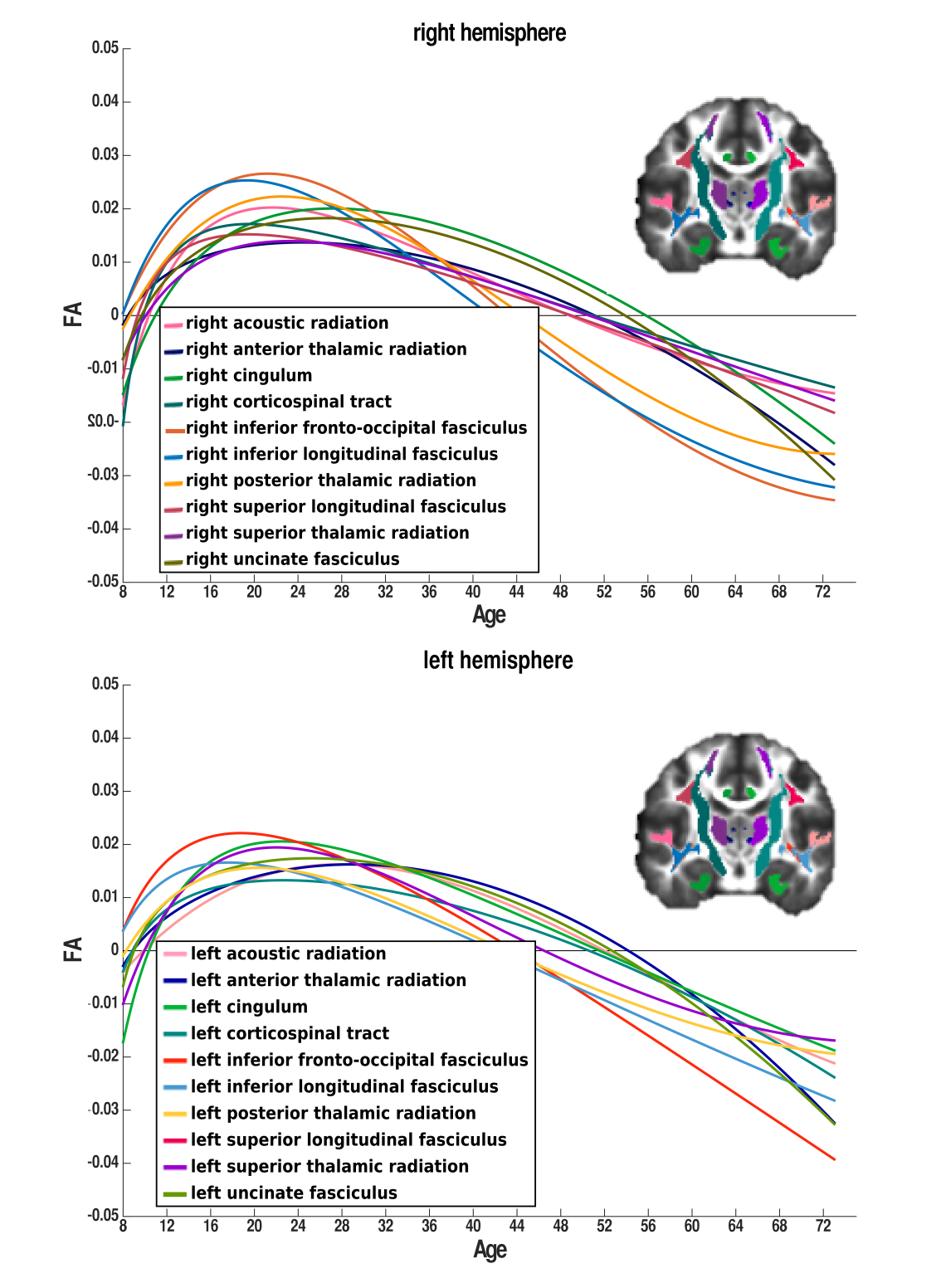
Contact information
short_CV.pdf
- short_CV.pdf
- PDF document 158.6 KB
Websites
-
Translational Image Analysis Group
Research Group
Marina Charquero Ballester
Post-graduate Research Assistant
My research involves using magnetic resonance imaging to study structural and functional connectivity changes taking place during brain maturation and ageing. I'm also interested in the processes underlying the onset and progression of neurodegenerative diseases such as Huntington's and Parkinson's disease.
After completing my undergraduate studies in psychology at the University of Valencia, I went on to pursue a research master in cognitive and clinical neuroscience at Maastricht University. In 2013, I came to FMRIB centre to carry out a project investigating structural and functional connectivity of the striatum in relation to working memory and episodic memory in healthy children and adolescents (in collaboration with the University of Oslo).
At the moment, I'm working as a research assistant on the Human Connectome Project investigating white matter changes across the lifespan, covering ages from childhood to elderly. I am also involved in several projects focusing on the basal ganglia connections in movement disorders such as Huntington's and Parkinson's disease.
Websites
-
The Human Connectome Project
Other projects
-
Medical Research Council
Funding
-
Translational Image Analysis Group
Research Group
fractional anisotropy (FA) across the human lifespan

Curves representing FA progression across the human lifespan in a set of major tracts reconstructed through probabilistic tractography (The Lifespan Human Connectome Project).
fractional anisotropy (FA) change over 1 year in pre-symptomatic Huntington's disease patients

Structural and functional connectivity of the striatum in relation to working memory and episodic memory in healthy children and adolescents


